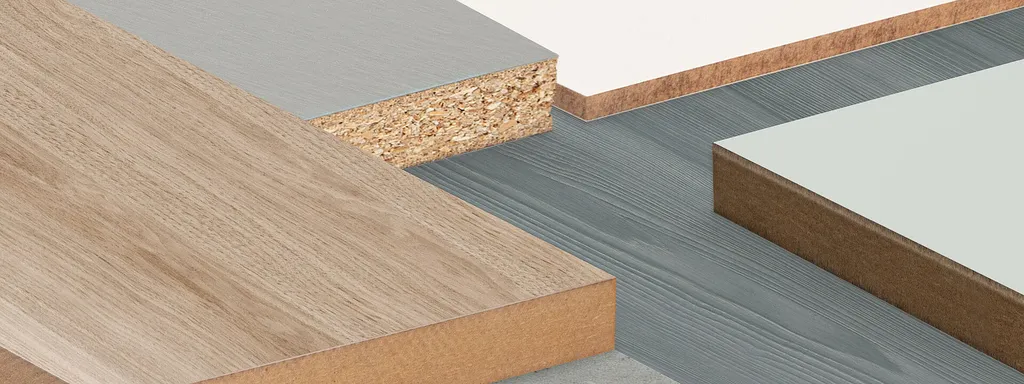In the heart of Türkiye, a groundbreaking study is shedding light on the environmental impact of a ubiquitous construction material, offering a roadmap for greener production methods. Merve Cambazoğlu, a researcher at Isparta University of Applied Sciences, has quantified the carbon footprint of melamine-coated particleboard (MFC-PB), a material widely used in the construction and furniture industries. Her findings, published in the journal BioResources (translated to English as “Biological Resources”), provide a stark reminder of the environmental costs associated with this material and could reshape sustainable production strategies in the sector.
Cambazoğlu’s study, titled “Carbon Footprint Evaluation of Melamine-Coated Particleboard Production: A Case Study In Türkiye,” is the first to comprehensively assess the carbon footprint of MFC-PB production in Türkiye. By adopting a cradle-to-gate system boundary, she considered every stage of the production process, from raw material transportation and energy consumption to melamine lamination and waste management.
The results are eye-opening. The study found that the carbon footprint of MFC-PB is a substantial 462 kg CO₂e per cubic meter, significantly higher than that of non-coated particleboard. “This is a considerable environmental impact,” Cambazoğlu notes, “and it’s crucial that we understand and address it.”
The majority of these emissions—67%—stem from Scope 3 activities, which include raw material transport, electricity consumption, and adhesive production. This finding underscores the need for targeted interventions in these areas to reduce the overall carbon footprint.
For the energy sector, these insights are particularly relevant. The study highlights the substantial energy consumption involved in MFC-PB production, pointing to a significant opportunity for energy efficiency improvements. “By optimizing energy use and exploring renewable energy sources, we can make a substantial dent in the carbon footprint of this material,” Cambazoğlu suggests.
Moreover, the study provides a scientific foundation for developing sustainable production strategies. By quantifying the carbon footprint of MFC-PB, Cambazoğlu’s work offers a benchmark against which future improvements can be measured. It also provides a basis for comparing the environmental impact of different materials, enabling more informed decision-making in the construction and furniture industries.
The implications of this research extend beyond Türkiye. As global awareness of climate change grows, so too does the demand for environmentally responsible products. By addressing the carbon footprint of MFC-PB, manufacturers can not only reduce their environmental impact but also gain a competitive edge in the market.
Cambazoğlu’s study is a call to action, a challenge to the industry to innovate and improve. As she puts it, “This is not just about reducing emissions. It’s about creating a more sustainable future for us all.” With this research, she has taken a significant step in that direction, providing a roadmap for greener production methods that could resonate globally.

